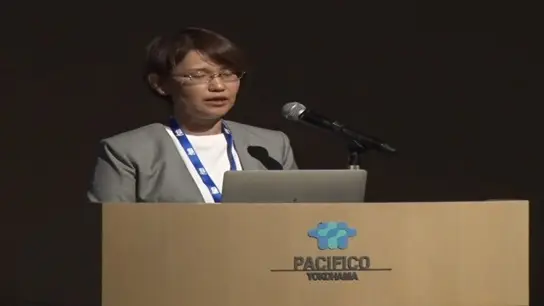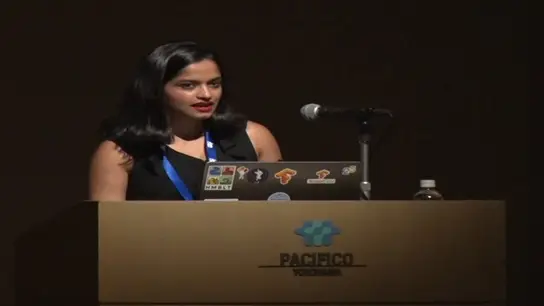-
Members: FreeCIS
IEEE Members: Free
Non-members: FreeLength: 01:40:31
19 Jul 2020
Finite automata (i.e., finite-state machines) have been taught in almost all electrical engineering programs. However, Turing machines, especially universal Turing machines (UTM), have not been taught in many electrical engineering programs and were dropped in many computer science and engineering programs as a required course. This resulted in major knowledge weakness in many people working on neural networks and AI since without knowing UTM, researchers have considered neural networks as merely general-purpose function approximators, but not general-purpose computers. This tutorial first briefly explains what a Turing machine is, what a UTM is, why a UTM is a general-purpose computer, and why Turing machines and UTMs are all symbolic and handcrafted. In contrast, a Developmental Network (DN) not only is a new kind of neural network, but also can learn to become a general-purpose computer by learning an emergent Turing machine. It does so by first taking a sequence of instructions as a user provided program and the data for the program to run on, and then running the program on the data. Therefore, a universal Turing machine inside a DN emerges autonomously on the fly. It can perform Autonomous Programming For General Purposes (APFGP). The DN learns UTM transitions one at a time incrementally, without iterations, and refines UTM transitions from the physical experience through network�s lifetime. Consciousness, whether natural or artificial, requires APFGP.


